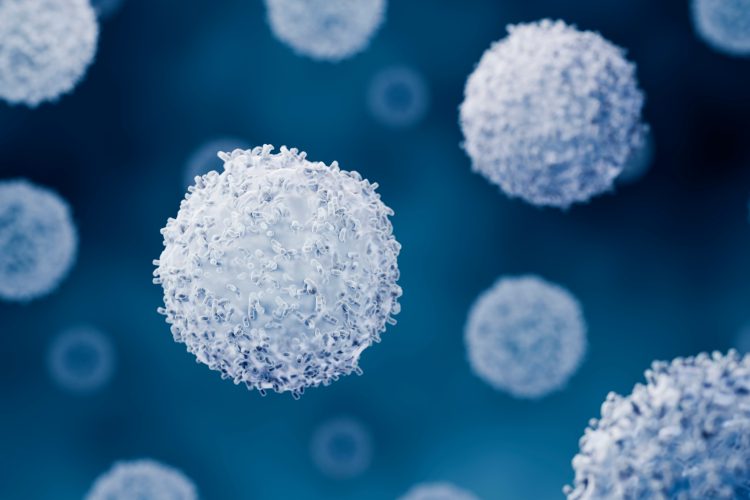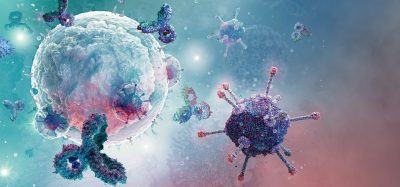Programming immunity from within: in-body generation of CAR T cells
Posted: 30 June 2025 | Drug Target Review | No comments yet
Researchers have developed a new method to generate CAR T cells directly inside the body using targeted lipid nanoparticles that deliver mRNA to T cells – offering a safer, faster and more accessible alternative to traditional cell therapies for cancer and autoimmune diseases.


Researchers have developed a novel approach to generate CAR T cells directly inside the body, using targeted lipid nanoparticles (tLNPs) to deliver mRNA precisely to T cells. This strategy, published in Science, could change adoptive immunotherapy by making it faster, safer and more accessible.
Adoptive immunotherapy, which harnesses a patient’s own immune cells to treat disease, holds immense therapeutic potential. Among the most widely known forms is CAR T cell therapy, where T cells are genetically engineered to recognise and attack cancer cells. But traditional methods require removing these cells, modifying them outside the body and reinfusing them – a process that is complex, expensive and heavily reliant on specialised medical facilities.
mRNA offers a safer path forward
To bypass these limitations, Theresa Hunter and colleagues designed an innovative system that delivers messenger RNA (mRNA) directly to T cells in vivo, using tLNPs. Because mRNA doesn’t integrate into the genome like DNA, this approach may avoid the risk of permanent genetic changes. The use of mRNA in this approach should avoid the risk of permanent genetic alteration because, unlike DNA-based methods, mRNA does not integrate into the T cell genome.
Overcoming a key delivery challenge
A long-standing challenge in using lipid nanoparticles (LNPs) is their tendency to accumulate in the liver, where they are filtered out by the reticuloendothelial system – a part of the immune system that helps the body identify and remove foreign pathogens like bacteria. To counter this, the team created a novel ionisable lipid called L829, which they used to produce CD5-targeted nanoparticles – designed to seek out T cells specifically by binding to the CD5 protein on their surface.
A long-standing challenge in using lipid nanoparticles (LNPs) is their tendency to accumulate in the liver
This design significantly reduced liver uptake in mice, rats and cynomolgus monkeys, instead delivering the therapeutic mRNA directly to T cells. These CD5-L829-tLNPs showed reduced liver uptake and more precise delivery to T cells, demonstrating improved targeting and biodistribution.
Promising results in preclinical models
The new method was tested using blood samples from both healthy individuals and patients with autoimmune disease. In both cases, the researchers successfully engineered CAR T cells, and in patient samples, the modified T cells were able to eliminate B cells, which are often implicated in autoimmune conditions.
In mouse models engrafted with human immune cells, a single dose of tLNPs triggered rapid and specific B cell depletion within hours, with effects lasting up to two weeks. In a leukaemia model, repeated dosing resulted in near-complete tumour clearance.
According to the study, a single dose of the tLNPs led to rapid, targeted B cell depletion within hours, with effects lasting up to two weeks. They also report that repeated dosing of the tLNPs produced near-complete tumour clearance, further highlighting the potential of this in vivo approach for treating both cancer and autoimmune diseases.
Related topics
Autoimmune disease, Cancer research, Chimeric Antigen Receptors (CARs), Drug Delivery, Immunotherapy, In Vivo, Nanoparticles, Oncology, T cells
Related conditions
autoimmune disease, Cancer








